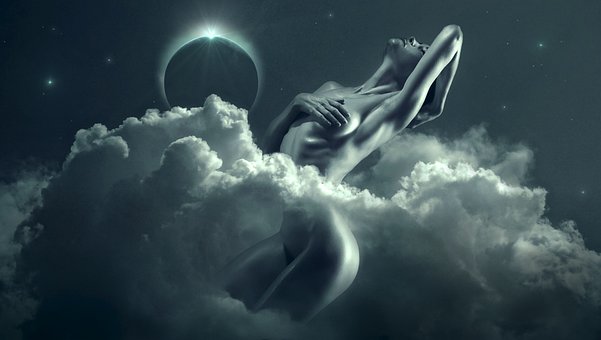Underground and counterculture in the Catalonia of the 70san exhibition that offers an exhaustive look at the protagonists and the social and cultural movements of a momentous time. Co-produced with the Palau Robert in Barcelona, a cultural institution of the Generalitat, the exhibition could be seen there in 2021, where it received more than 65,000 visitors.
The exhibition has been designed and curated by Pepe Ribas, co-founder of the magazine Ajoblanco and author, among others, of Los 70 a destajo, with the collaboration of Canti Casanovas, promoter of the digital la web sense nom, both actors and eyewitnesses of the emergence of the Catalan underground. The museographic design of the exhibition is by the architect and National Design Prize winner Dani Freixes.
The delegate of the Department of Culture, Tourism and Sport, Andrea Levy, highlighted that this exhibition is the best example of collaboration between institutions from different parts of Spain and that allows, in turn, to bring culture closer in an accessible and enjoyable way.
The exhibition brings together more than 700 pieces, publications, posters, photography, comics, videos, poetry, music, scenery, biographies, among others. The tour begins with the arrival of the new countercultural currents from California, London and Amsterdam, since the mid-1960s.
Through different thematic spaces, the exhibition documents the irruption of the communes, feminism, psychedelia, ecology, spirituality, avant-garde music and art, among many other references; stopping at places such as Casa Fullá, Instant City, the Canet Rock festival, Casal de la Floresta and Barcelona’s Ramblas, the streets of Chinatown and El Born, where counterculture was experienced on the street. Cómix and fanzines occupy a special section in the exhibition –with original drawings by Nazario and Mariscal, among others–, as well as the counterculture magazines, Star and Ajoblanco. An immersive exhibition design transports the visitor to the 70s, with the recreation of some of those scenarios such as a hippy commune lounge and the Zeleste room, and a soundtrack with themes by Bowie, Rolling Stones, Smash, Pau Riba, Kraftwerk …
As Pepe Ribas explains, “they were times of overflowing creativity, without imposed canons, lived outside perks, parties and institutions. There was a vital need to escape from the clutches of any authoritarianism in times of rock and roll, psychedelia, counterculture and May 68. Imagination and enthusiasm overflowed the walls, populated the streets and freed minds. Spaces were born; from yeyé music it went on to psychedelia, progressive rock and open-air concerts. Independent theater was revolutionized, art joined life and many changed the authoritarian family for the commune and free sexuality. Las Ramblas and other areas of the city were transformed into a forum. Underground comixes, fanzines and countercultural magazines appeared in which thousands of young people participated. Collectives were born in favor of feminism, homosexual rights, ecology, organic farming, conscientious objection and the decriminalization of drugs”.
“This exhibition is a memory exercise of some transcendental events, but little studied”, explains the commissioner, “which perhaps will help to understand part of our present since those new forms of life were the seeds of the civil liberties that we enjoy today”.
The Association of Art Galleries of Catalonia and Arts Barcelona at the Nit del Galerisme recognized Pepe Ribas in 2021 as the best curator of the year for this exhibition that is now being presented in CenterCenter.
Underground and counterculture in the Catalonia of the 70s It can be visited until February 12, 2023 on the 5th floor of CentroCentro, with free admission.
Underground and counterculture in the Catalonia of the 70s, the Madrid exhibition of Centro Centro

